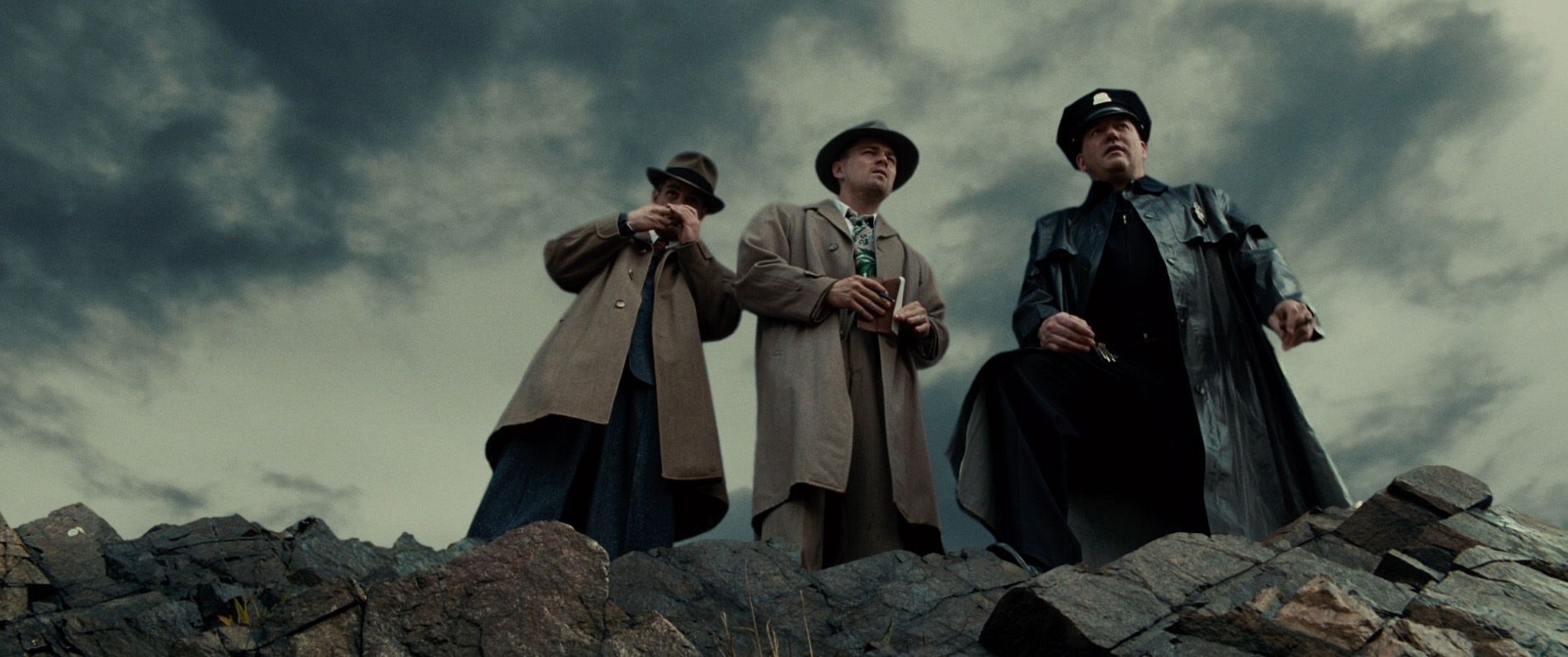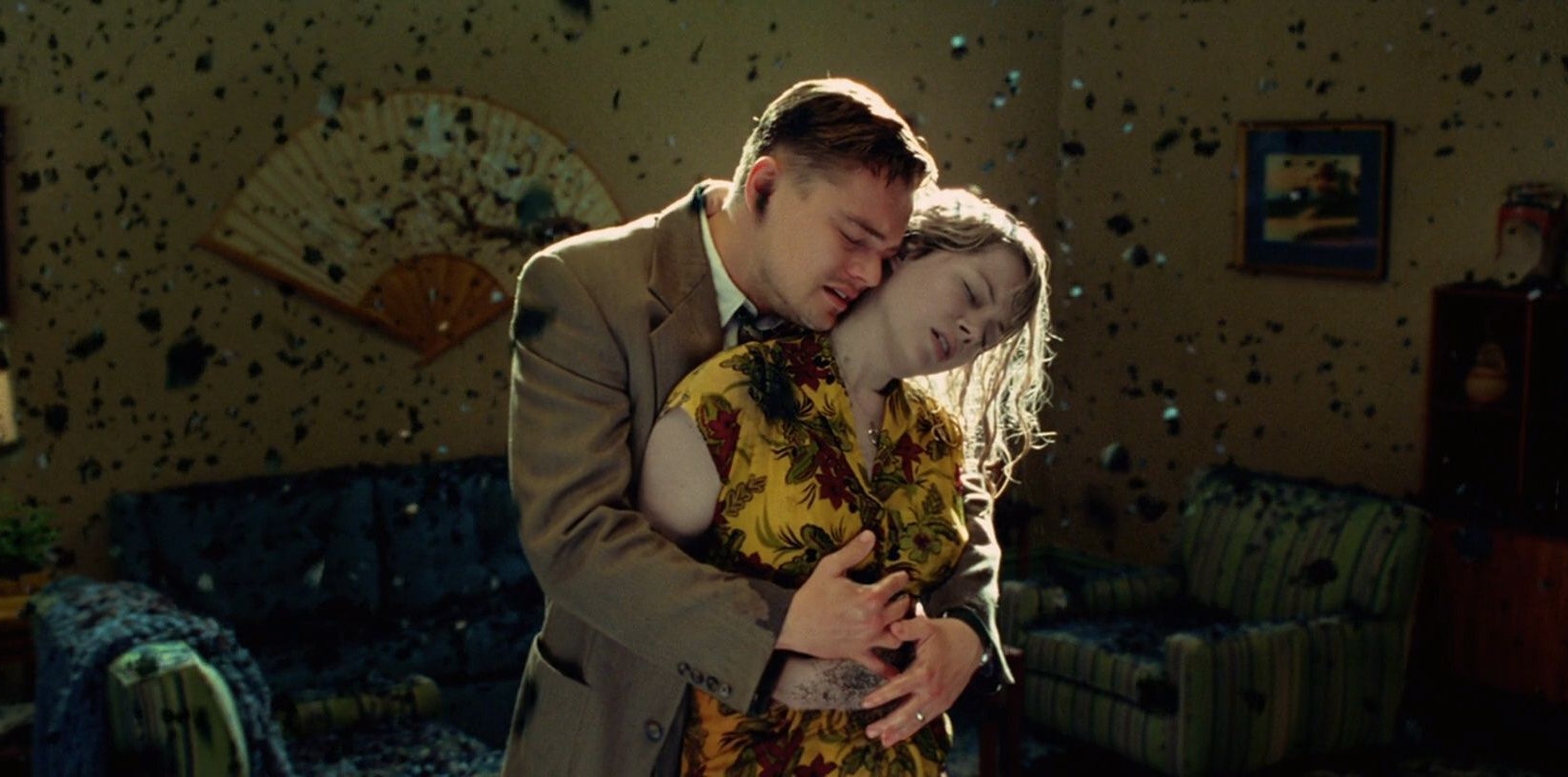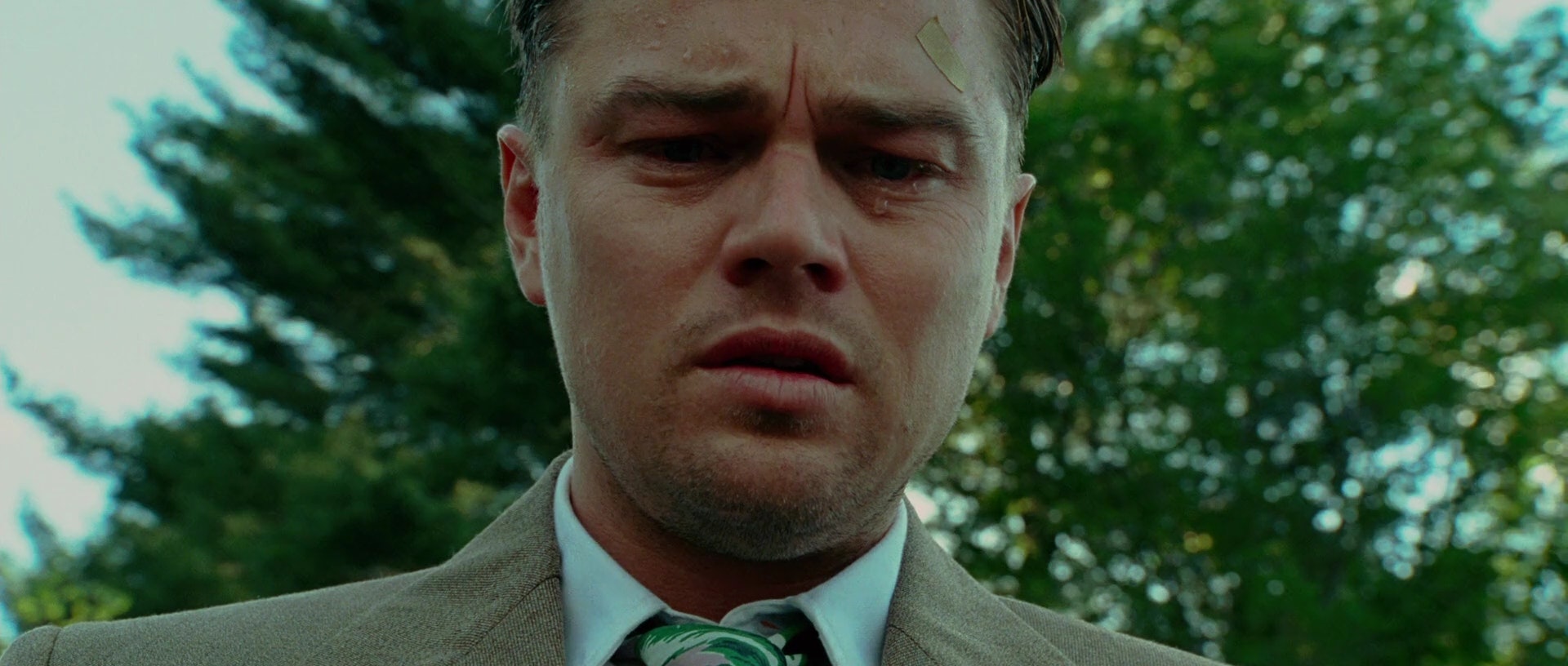
Martin Scorsese is one of the world’s most revered filmmakers, but that doesn’t mean he doesn’t have a few underrated gems in his filmography. Many of Scorsese’s more obscure efforts, like New York, New York, and After Hours, may not have hit big initially, but they are evolving into cult classics. Still, a few Scorsese movies continue to fly under the radar — even films starring his beloved Leonardo DiCaprio.
That’s certainly the case with Shudder Island. The 2010 psychological thriller is the fourth feature film that Scorsese made with Leonardo DiCaprio. But unlike most DiCaprio and Scorsese collaborations, Shutter Island did not win awards and critical acclaim. In a way, Shutter Island’s famelessness makes sense — it isn’t nearly as dense, thought-provoking, or rewatchable as Goodfellas or The Irishman.
But it is still an incredibly effective and memorable psychological thriller. Shutter Island is arguably the closest Scorsese has ever come to making an actual horror movie. Thanks to its availability on Amazon Prime, it’s the perfect moment to revisit Shutter Island or watch it for the first time.
Here’s why Inverse recommends that you do so ASAP.
Based on Dennis Lehane’s 2003 novel of the same name, Shutter Island follows a U.S. Marshal (DiCaprio) as he explores a psychiatric facility on an island to find a missing patient. Accompanied by his partner (Mark Ruffalo), DiCaprio’s Marshal slowly begins to suspect a disturbing secret may be lurking beneath the surface of the hospital. Unfortunately, not even his worst fears can prepare him for the devastating truths that await him in Shutter Island’s third act.
To say much more about Shutter Island’s plot would risk muting the film’s final twists and turns. The movie’s ultimate now-iconic twist holds up to scrutiny and makes revisiting Shutter Island a rewarding experience even for those who know what will happen. This is largely due to DiCaprio’s performance, which imbues Shutter Island’s protagonist with a kind of desperate yearning that is endearing and heartbreaking. DiCaprio’s role is one of the riskiest and most layered leads he’s ever had to bear.
Behind the camera, Scorsese knows how to elevate, enrich, and complement DiCaprio’s performance. Working with cinematographer Robert Richardson, Scorsese goes out of his way to emphasize the coldness of Shutter Island’s eponymous psychiatric hospital, filling it with harsh white lights and dark, shadowy hallways. The film’s blue color palette lends itself to an aesthetic that reflects the stormy skies that constantly hang over Shutter Island and the turbulent sea that surrounds it.

These choices combine to give Shutter Island a haunted, eerie look and feel that’s genuinely hard to shake.
Thelma Schoonmaker’s dreamlike editing further heightens the tension, cutting seamlessly back and forth from Shutter Island’s present to the violent, blood-soaked memories of its central investigator’s past. How the film’s flashbacks seem to flow wordlessly to the surface of its protagonist’s mind creates an uneasy feeling throughout Shutter Island that transforms a detective tale into a ghost story.

Both Laeta Kalogridis’ script and DiCaprio’s broken, raw performance, however, make it clear that Shutter Island is not a film about the ghosts that may lurk in the darkened corners of a midcentury psychiatric hospital but those that can float and swirl within the recesses of a person’s mind.
To watch Shutter Island is to watch one man finally contend with the ghosts he’s long tried to bury.
By the time it has reached a disturbing climax, it’s hard not to feel overwhelmed by the potent touches of heartbreak and horror that run through Shutter Island’s story. They wash over you like the ocean waves that beat ceaselessly against the rocks of a lonely, isolated asylum.
Shutter Island is currently available to stream on Prime Video.







